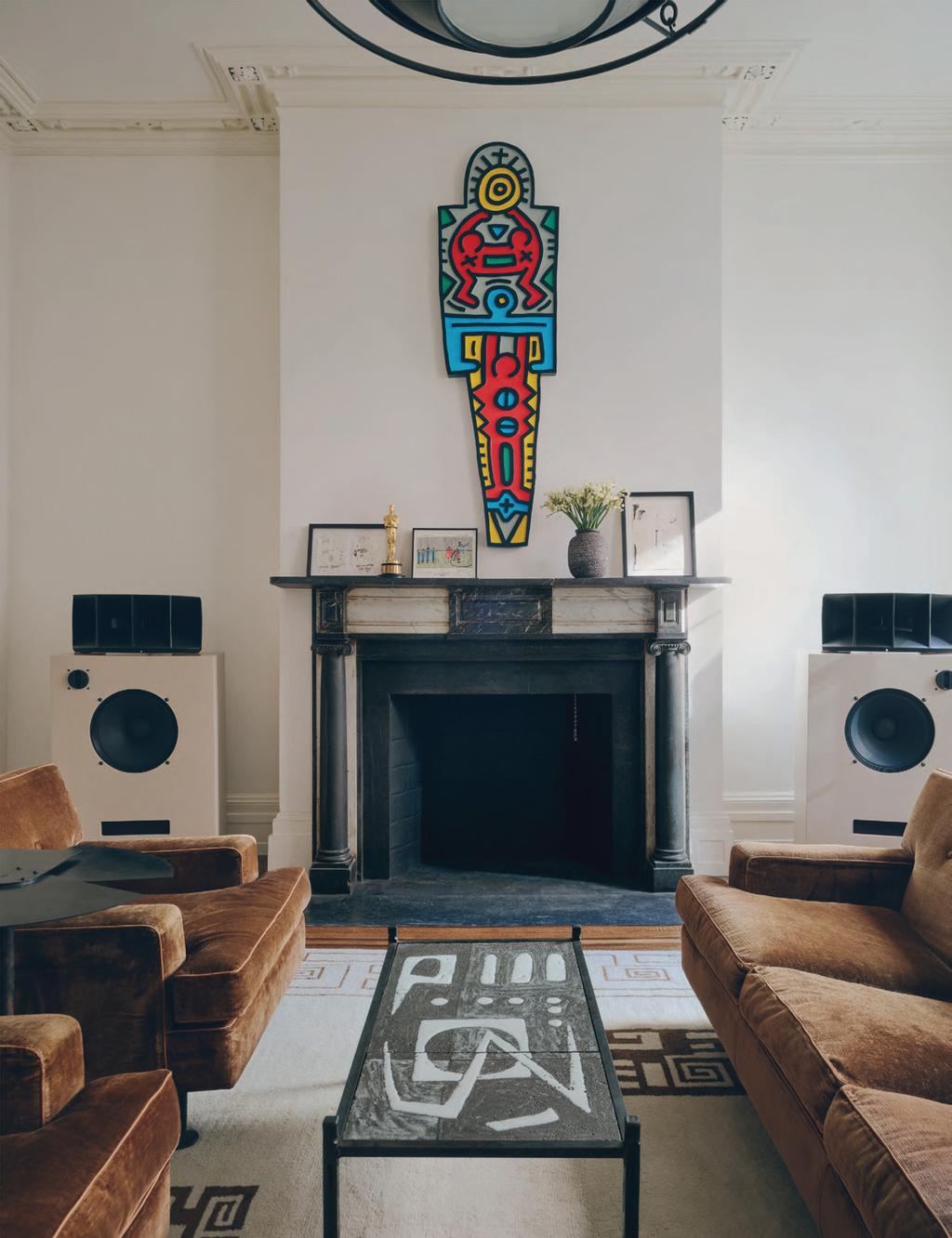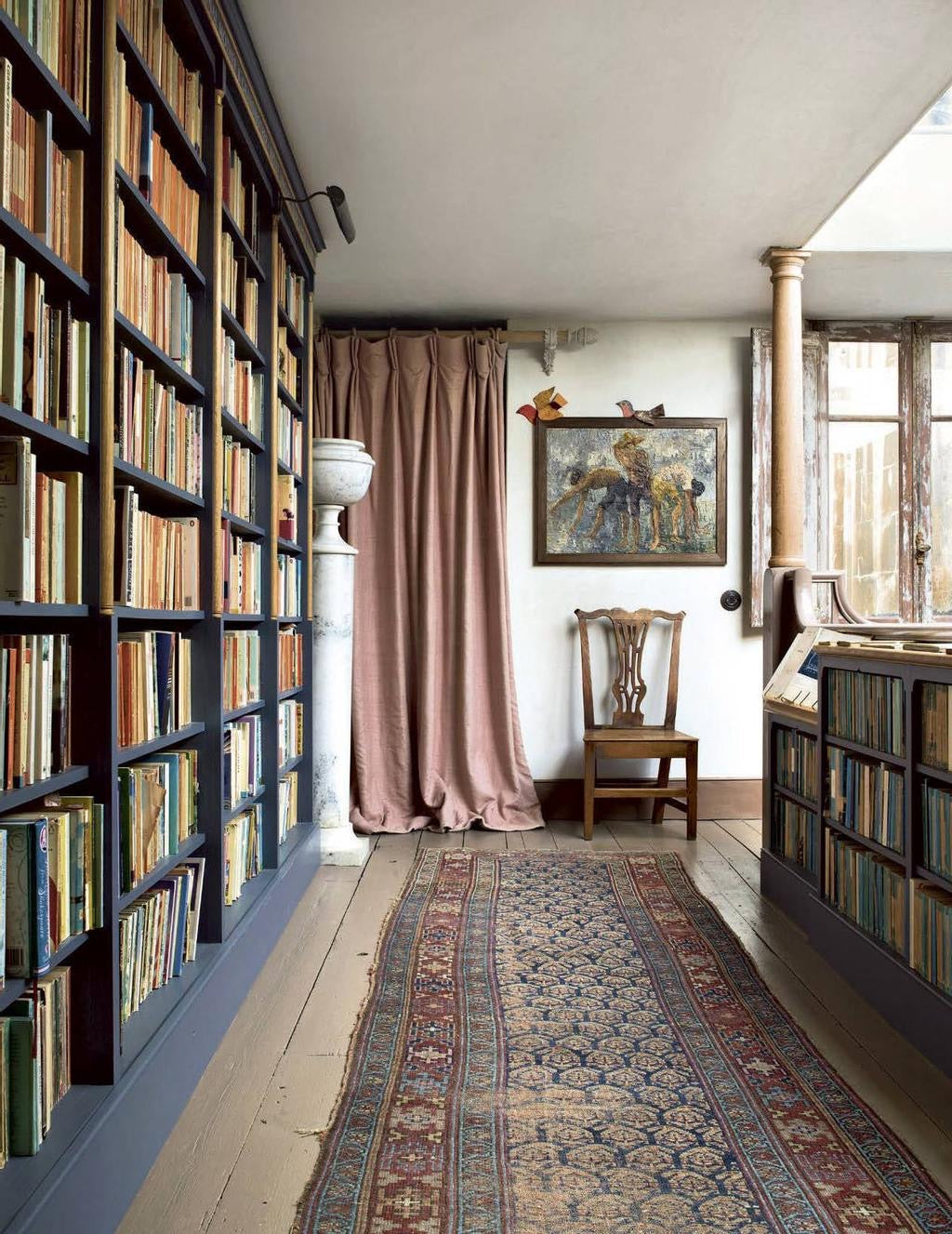LA GRANDE BELLEZZA

With spartan simplicity, Cy Twombly's 16th-century Italian palazzo continues to inspire. It was its cavernous scale and raw, elemental charm that first led the artist to purchase his pastoral retreat in 1977, when it was mostly still in ruins. Located about sixty miles north of Rome, in the tiny Medieval village of Bassano in Teverina, Twombly's renovation bears the same lightness of touch and spatial sensitivity one sees throughout his paintings.

Preserving as much of the original architecture as possible, Twombly carried its principles into his renovation, repeating the original materials and following its dominant features as a guide. It was in this way that the artist was able to retain the centuries-old spirit of the building's original Renaissance architecture. Indeed, the palazzo's sparse, voluminous rooms seem to exist in the peripheries of time. Its atmosphere of monastic tranquility draws on a humble infrastructure, yet its effect is heightened by a number of highly precious appointments.
Twombly's edit of antique furnishings and works of art is both luxurious and severe, a highly concentrated distillation of his most prized and cherished objects. This tender, poetic minimalism has a three-dimensional flow; the rooms seem to unfurl like a long deep breath. Cavernous ceilings with original raw wood beams, softly burnished terracotta tile floors and thick white stucco walls create a peaceful, zen-like atmosphere, and indeed a noble setting for his extensive, artfully displayed collection of Classical sculpture and architectural elements. Like a museum or gallery, Twombly keeps decoration of any excess to a minimum, inviting the eye to meander freely unencumbered about his impressive collection.

Perhaps, however, what I find most successful about Twombly's terse romanticism is the renovated palazzo's sense of evacuation; each room feels possessed by its coming undone. This produces a wonderfully rich dialogue with the ruins and relics on display. In many ways, it seems to also be an extension of Twombly's art practice. His flair for rhythm and fragmentation are manifest not just on the walls in his own works, but in the textures and patterning of his home's architecture and furniture design. A delicately tuned harmony of levity, gravity, and grace, Twombly's Roman countryside retreat may be his most underrated masterpiece yet.

Photo: Tim Beddow for The World of Interiors


